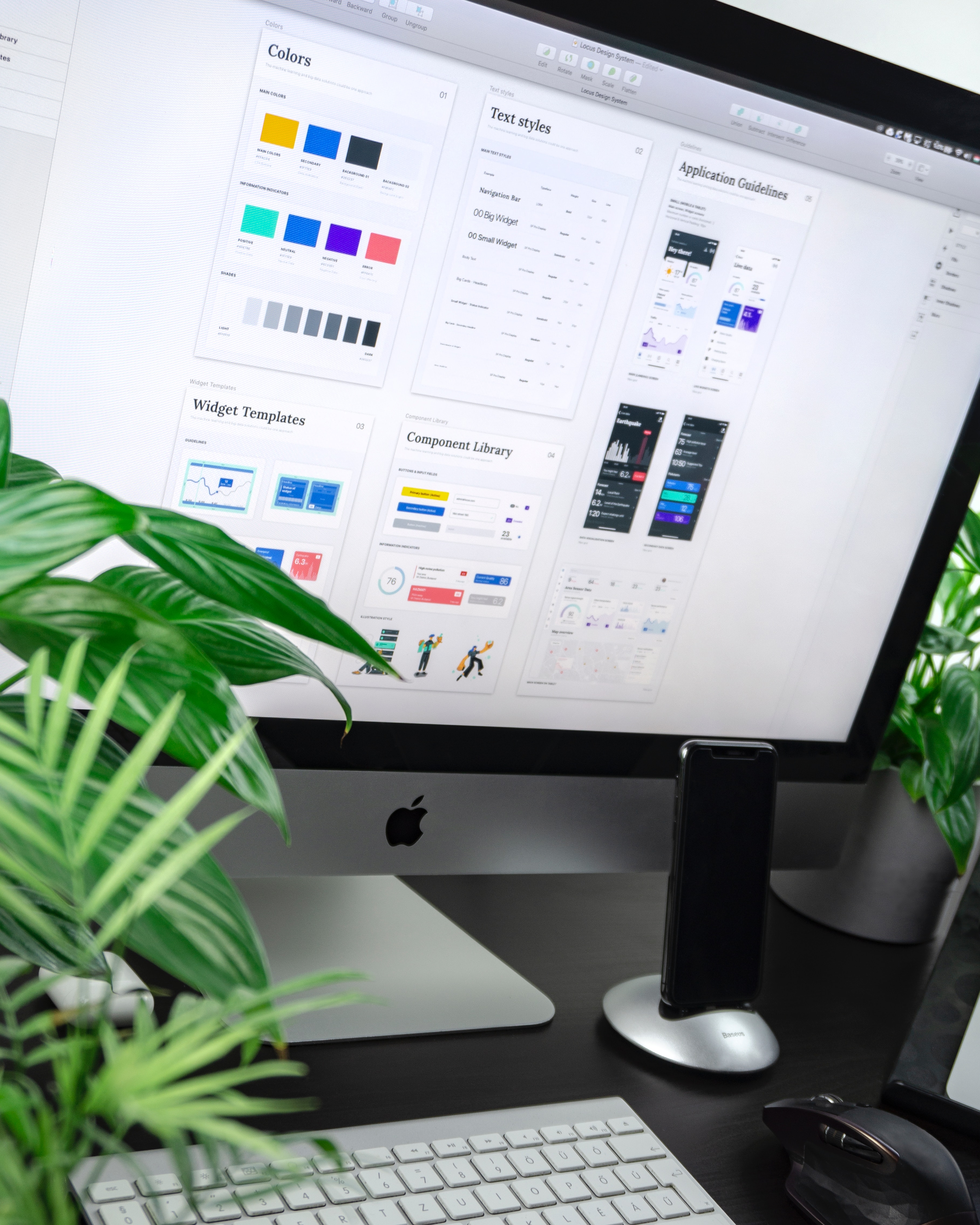
Overview
I built the entire system from the ground up, taking into account the brand guidelines and the client's preferences. The system was designed and documented in a way that made it easy for developers and other designers to understand.
#E7F7E9
Green
50
#B6E6BA
Green
100
#92DA98
Green
200
#60C96A
Green
300
#41BF4D
Green
400
#12AF20
Green
500
#109F1D
Green
600
#0D7C17
Green
700
#0A6012
Green
800
#084A0D
Green
900
#fef8e8
Orange
50
#fad57c
Orange
100
#f8c343
Orange
200
#f7b71d
Orange
300
#ad8014
Orange
400
#EBEBEB
Grey
50
#C1C1C1
Grey
100
#A3A3A3
Grey
200
#7A7A7A
Grey
300
#606060
Grey
400
#383838
Grey
500
#333333
Grey
600
#282828
Grey
700
#1F1F1F
Grey
800
#141414
Grey
900
#707BFF
Maths
#F380F5
Physics
#64ACEF
Government
#6E7BEA
Literature
#F150A3
Accounting
#6491D3
Commerce
#1F99BC
CRS
#DF8D49
Economics
#7D9D38
IRS
#53DDC4
S. studies
#337EED
F. Maths
#D357D6
Geography
#D09234
History
#74A1DF
Agricultural science
#52AC91
Integrated Science
#949E56
Computer
#EA6DBF
Home Economics
#FFC700
PHE
#FF5A5A
Igbo Language
#58CF88
Yoruba Languange
#FF68B1
French Language
#F39560
Arabic Language
#6B90EE
English Language
#6A82FF
Hausa Language
#4CD4F4
Chemistry
State colours
#FF5259
Success
#51C46B
Error
Display Headings
Desktop
Desktop
Mobile
Desktop
Mobile
App
Desktop
Mobile
App
Desktop
Mobile
App
Desktop
Mobile
App
Desktop
Mobile
App
Icons
I chose to use a simple icons set like Hero Icons because complex icons can be overwhelming for users. I wanted to make sure that users could easily understand what each icon represented.

Subject Icons


Buttons
For the buttons, I made them simple and in different states; active, hover, focus, and disabled states. The buttons are 100% responsive and scalable.

Form Fields
Like the buttons, I designed different variants and states for the form fields to give the developers an insight on how each state or variant should look.

Other Components
In addition to icons, other components of Design System include modals, dropdowns, and menus. These components are reusable and responsive, which ensures design consistency and speed.







